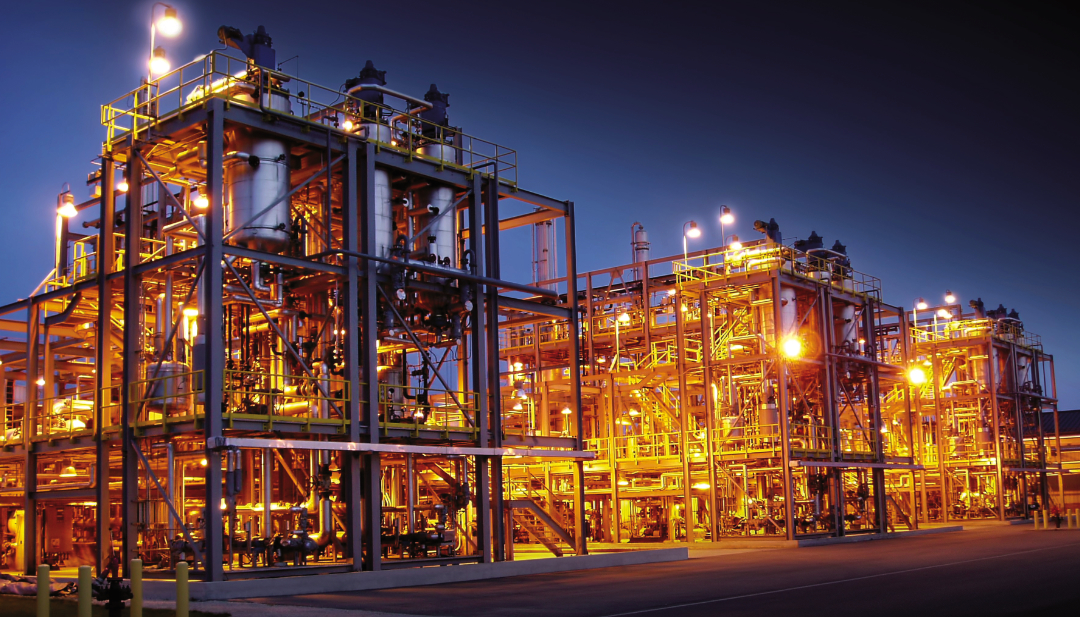All
Pursuing Net Zero Targets with Advanced Lower Carbon Intensity Strategies
by Jason Lawrence

Your company is a leader in reducing carbon emissions. You have taken many steps to improve your impact, such as minimizing waste, upgrading facilities, modernizing equipment, and setting net zero goals. You are also using lower carbon biofuels for your commercial transportation, which is one of the largest sources of carbon emissions in your supply chain.1
As you continue to look for ways to accelerate your lower carbon journey, here are some additional steps you may consider taking.
Explore More Lower Carbon Solutions
You are likely using biodiesel and/or renewable diesel, which are drop-in fuels that can replace petroleum diesel and lower your carbon intensity today. Bio-diesel is a high-quality fuel that can be used in most diesel vehicles and infrastructure. It has lower carbon intensity than petroleum diesel and reduces pollutants in engine emissions.2
Renewable diesel is a direct replacement for petroleum diesel that meets stringent quality standards and lowers carbon intensity and engine emissions.2
Increase Your Biodiesel Blend Rate
Using higher blends of biodiesel can help you lower your carbon intensity even more. Higher blends have been used safely in many fleets and may offer better engine performance than petroleum diesel.3 In addition to its lower carbon intensity, biodiesel provides enhanced lubricity and has similar fuel efficiency.4
Use B100 with Optimus Technology
Biodiesel can now be used as B100 with Optimus’ new technology, which allows vehicles to run on 100 percent bio-diesel after reaching certain operating conditions. This is an innovative and cost-effective way to improve your emissions targets.5
Explore Other Lower Carbon Fuel Options
Renewable natural gas (RNG) is produced from organic waste and is a carbon-negative fuel that can be delivered to vehicles at RNG/CNG fueling stations. It prevents methane emissions from decomposing waste and reduces engine emissions.6
Compressed natural gas (CNG) is stored and transported under high pressure. It has lower carbon intensity and engine emissions than petroleum diesel and offers a longer range than electric-powered trucks.6
Hydrogen is a lower carbon intensity fuel that can power light- and heavy-duty vehicles. It can help you diversify your fuel portfolio and attract new customers in the fleet sectors.6
Understand Your Carbon Emissions
Carbon emissions can be categorized into three groups:
- Scope 1: Direct emissions from your own operations, such as your fleets or boilers.
- Scope 2: Indirect emissions from the energy you buy, such as electricity or heating.
- Scope 3: Indirect emissions from your value chain, such as your suppliers and customers.
Scope 1 and 2 are mostly within your control, while Scope 3 is often where there is a significant impact. For many businesses, Scope 3 emissions account for more than 70% of their carbon footprint.7 To reach net zero, you will need to address your Scope 3 emissions and collaborate with your supply chain partners.
Tell Your Story
As you make progress on your lower carbon journey, you should communicate your results and actions to your stakeholders, including your employees, investors, customers, suppliers, and community. Develop an internal communication plan that includes KPIs, units, and evidence to support your lower carbon claims. Use your social media channels and website to showcase your achievements and explain your lower carbon strategies in simple terms.
Use Chevron’s Tools to Help Define Your Story
Chevron provides a monthly lower carbon summary report that estimates the greenhouse gas emissions potentially avoided by using our lower carbon solutions. The report also provides relatable equivalents, such as the number of miles, tons of coal, or acres of forest, to help you compare your impact.8
Chevron also offers a carbon emissions calculator that lets you estimate how you could lower your emissions further by using more biofuels. You can enter your fuel application, timeframe, consumption, and conversion percentage to see the potential reduction of fossil fuel emissions.9
Chevron Can Help
We are your partner in your lower carbon journey. We deliver a suite of lower carbon solutions and technical expertise with the integrity and experience you need. Contact Chevron to help you get started on your lower carbon journey.
Jason Lawrence is Senior Business Development Executive at Chevron Renewable Energy Group. He can be reached at (717) 989-1313 or jason.lawrence@chevron.com.
1 https://fortune.com/2022/06/15/climate-change-carbon-emissions-net-zero-goals/
2 Product is produced from renewable oils and fats. Methanol used to make biodiesel and hydrogen used to make renewable diesel and SAF are typically made from conventional natural gas, but can be produced from renewable resources
3 CARB Assessment of the Emissions from the Use of Biodiesel as a Motor Vehicle Fuel in California “Biodiesel Characterization and NOx Mitigation Study.” Durbin (2011)
4 “Quantitative Evaluation of an On-Highway Trucking Fleet to Compare #2 ULSD and B20 Fuels and their Impact on Overall Fleet Performance”; C.R. McKinley, J.H. Lumkes Jr.
5 Chevron Renewable Energy Group data
6 Deloitte https://www2.deloitte.com/uk/en/focus/climate-change/zero-in-on-scope-1-2-and-3-emissions.html
7 https://sciencebasedtargets.org/companies-taking-action/case-studies/pepsico
8 https://www.atechlogistics.com/7-ways-to-lower-your-carbon-emissions-in-trucking-logistics/
9 https://www2.deloitte.com/content/dam/Deloitte/gr/Documents/consumer-business/gr_esg_in_the_shipping_sector_noexp.pdf
Related Posts
 National Energy Choice Legislation Advances Through Committee
National Energy Choice Legislation Advances Through Committee
Posted on November 20, 2025
 New and Improved: NEFI Member Benefits Deliver More Value
New and Improved: NEFI Member Benefits Deliver More Value
Posted on October 17, 2025
 It’s Upgrade Season. Get the Sale.
It’s Upgrade Season. Get the Sale.
Posted on October 16, 2025
 The Value of Providing Value
The Value of Providing Value
Posted on October 16, 2025
Enter your email to receive important news and article updates.
